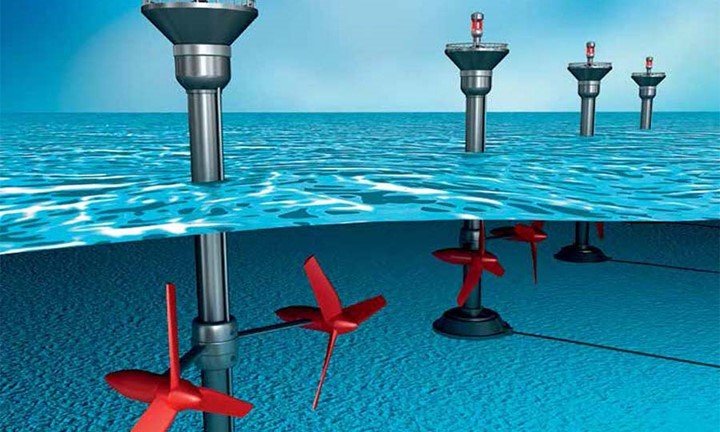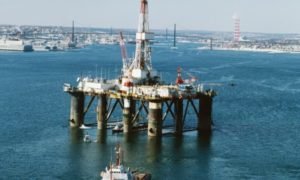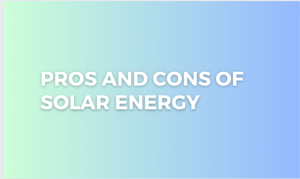
Image source: ttim.co.th
Tidal power is a renewable source of energy generated by harnessing kinetic energy from ocean currents and tides. The tidal power is more reliable compared to solar or wind energy. Due to advancement in technology, dams built across a river estuary can produce tidal energy.
Pros:
1. Renewable source of energy: Tidal power cannot run out since moon’s gravity and earth’s rotation continues to cause tides. This gives it a sustainability edge over other fossil fuels.
2. No pollution: Tidal power is a clean source of energy. It does not emit harmful substances or any green gases making environmentally friendly.
3. Predictable: Occurrence of tides is highly predictable making it easier to construct the tidal plant system with the right dimension for efficient electricity generation.
4. Effective at low speeds: Water has a higher density than air making it easy to produce electricity at low speed. You can generate power at 1m/s.
5. Efficient: Compared to other fossil fuel plants, tidal power plants are more efficient. A tidal plant can convert 80% of kinetic energy to electricity whereas a coal plant can only produce 30% energy.
6. Long lifespan: The power plants have a life span of 75-100 years. They are very efficient even after years of use.
7. Consistent: Since tidal power is consistent, it is much easier to plan for the extraction and also manage electricity consumption throughout the day.
8. Low operation cost: Although the initial investment is very high, the power plants have a low operational cost.
9. High potential: A tidal waves carry at least 14000 Terawatt hours of potential energy in a year.
10. Reliable: The occurrence of high and low tide cycles can be measured to determine the amount of power the tidal plant will generate in a given period.
Cons:
1. Expensive: The cost of acquiring new technologies to harness tidal energy is very high. It is projected that the tidal power is commercially profitable if new technologies are used to generate electricity on a large scale which may be very expensive.
2. Environment disruptions: Tidal barrages leads to manipulation of ocean level causing some effects to the environment. The tidal plant affects the tidal cycle and the salinity of water in the tidal basins.
3. Useful period: Although the tides are predictable, the power plants can only produce energy for 10 hours in a day. This makes their useful period to be 40% per year.
4. Distance from the grid: Tidal plants are often built away from the grid and this makes the connection to the grid difficult and very expensive. The distance from the grid affects how electricity is consumed.
5. Location-specific: Tidal power plants can only be built on areas that meet specific criteria. The fact that tides are predictable, the plant construction is limited.
6. Death of marine life: Constructing a tidal plant to harness electricity affects the growth of marine species and the surrounding environment.
7. Aesthetics of the area: The construction of tidal power plant affects the beauty of the area and this can affect other economic activities like tourism attraction in the area.
8. Few implementations of tidal plant: Due to location-specific issues, few tidal plants have been implemented and no proper evaluation has been done on the success of the equipment used.
9. Effects on recreation: Once a tidal energy is built, people will be limited to access part of the coastal area.
10. Pollution: Sometimes if the workers are not careful, the oil spillage can cause risk to their lives and those around them.


